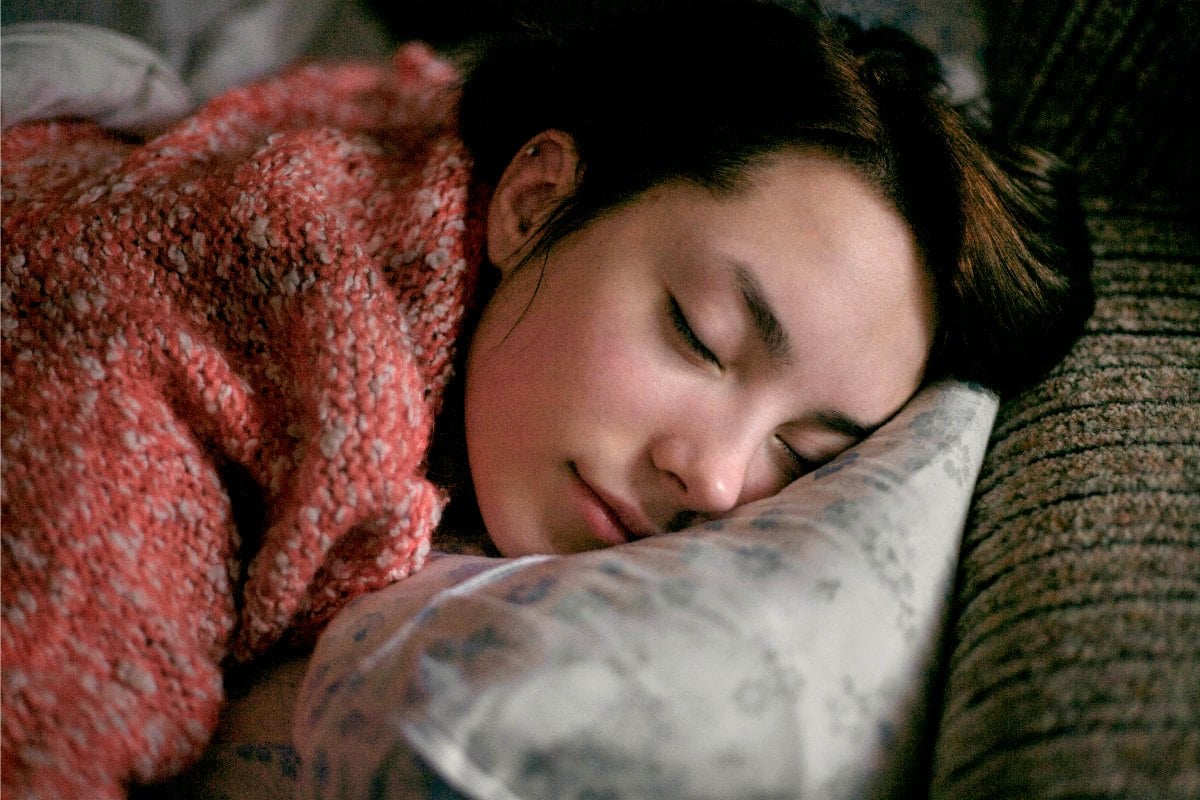
Exactly how much rest is “adequate”?
Science is clear on the amount: it’s 42 per cent.
That’s the percentage of time your body and brain need you to spend resting. It’s about 10 hours out of every 24. It doesn’t have to be every day; it can average out over a week or a month or more. But yeah. That much.
“That’s ridiculous! I don’t have that kind of time!” you might protest — and we predicted you might feel that way.
Five lifestyle hacks to help you with your anxiety. Post continues below.
We’re not saying you should take 42 per cent of your time to rest; we’re saying if you don’t take the 42 per cent, the 42 per cent will take you. It will grab you by the face, shove you to the ground, put its foot on your chest, and declare itself the victor.
Have you ever come down with a terrible cold as soon as you finished a huge project? Have you found yourself sleeping 12 or 14 hours every day for the first three days of vacation? Have you, like Amelia, literally ended up in the hospital after a prolonged period of extreme stress?


Top Comments
So 42 really is the answer to life, the universe and everything!
I’m totally pumped that the Nagoski’s are getting air time here. More please!
I was and am totally burned out, but climbing out slowly.
Both books have helped me enormously and I love the science and data behind Come As You Are and Burnout.
My biggest takeaway was the shuttle box!